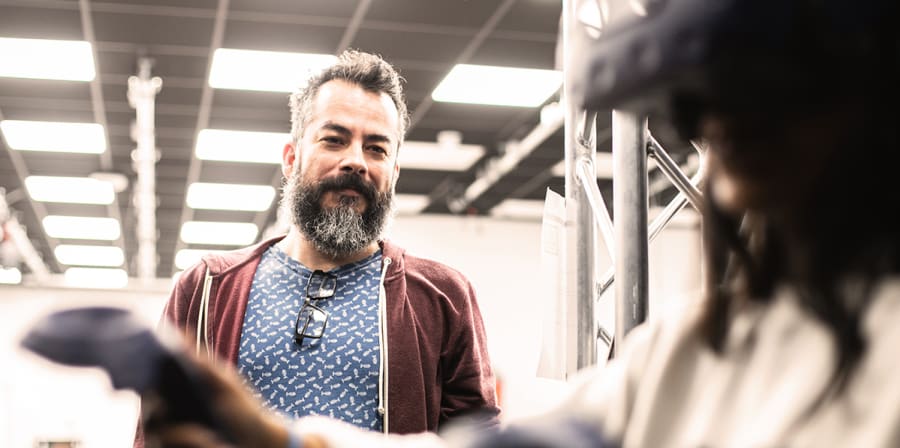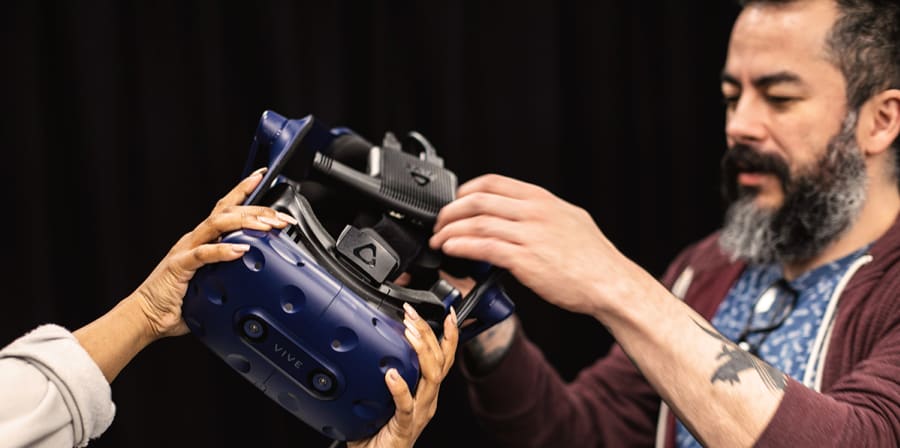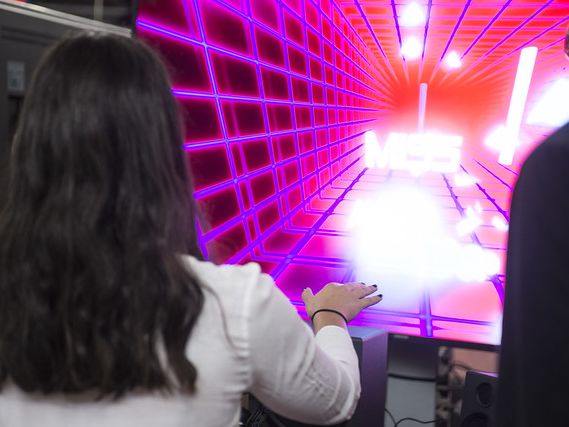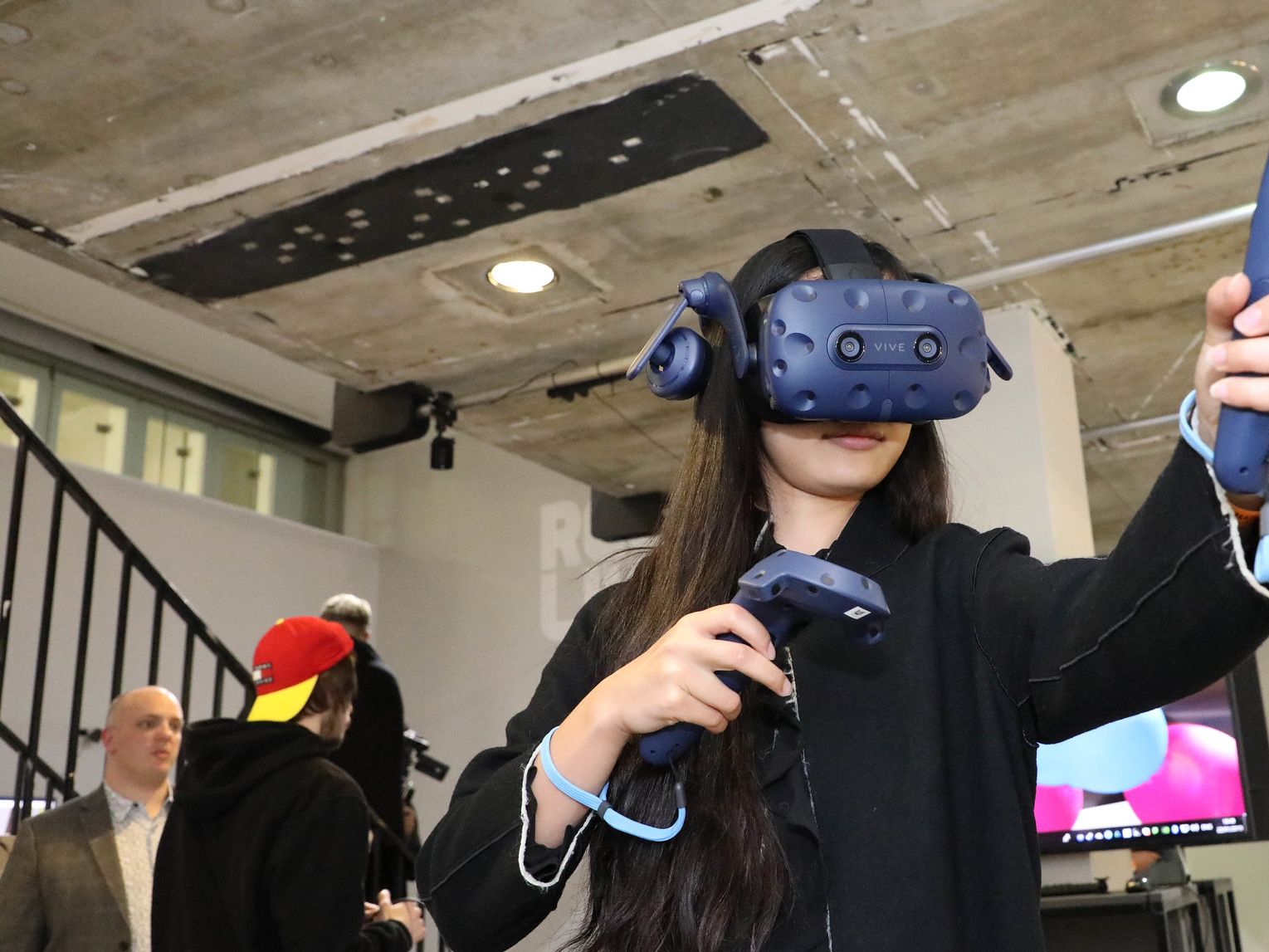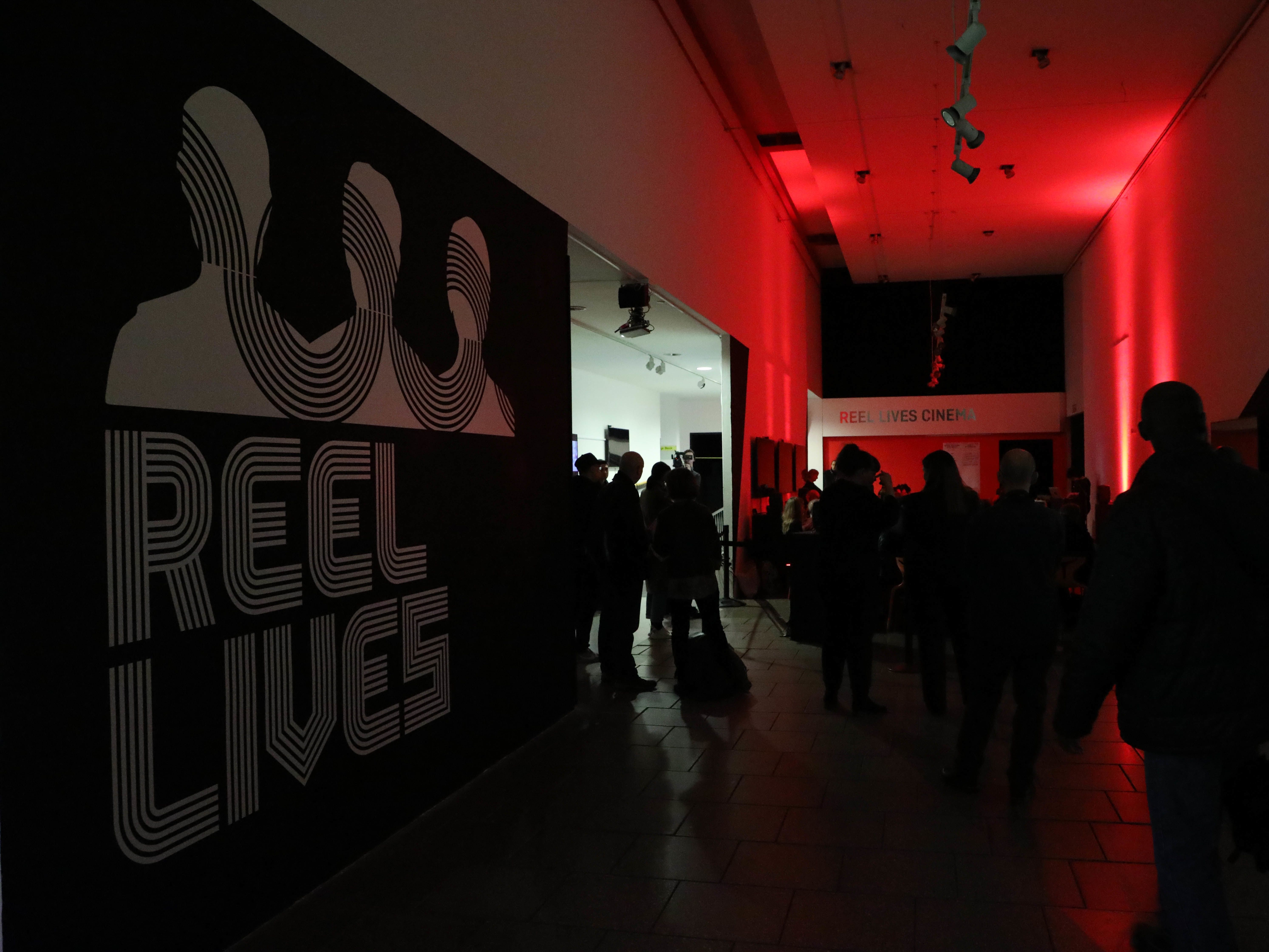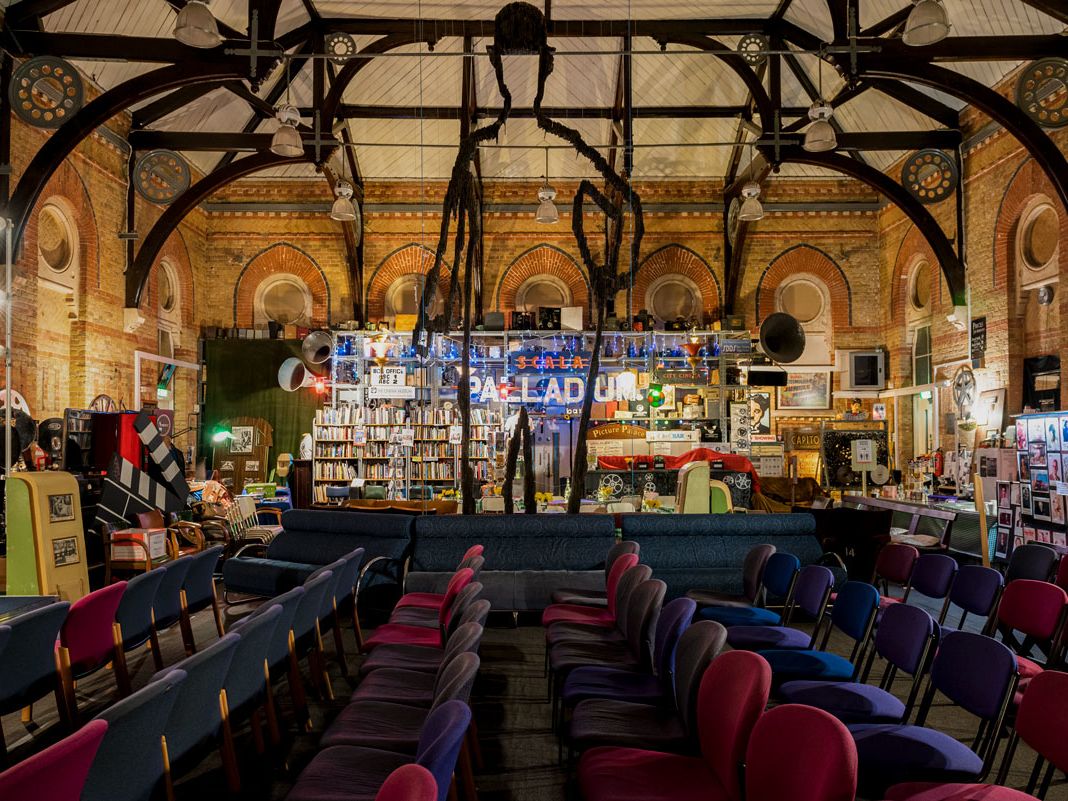
The Cinema Museum celebrated in Screen School's 'Sound & Cinema: Past, Present & Future' exhibition and events programme
London College of Communication's Screen School presents ‘Sound & Cinema: Past, Present & Future’ – an exhibition and events programme spanning film, virtual reality, games, TV and sound celebrating 125 years of diversity and creativity within the College.

